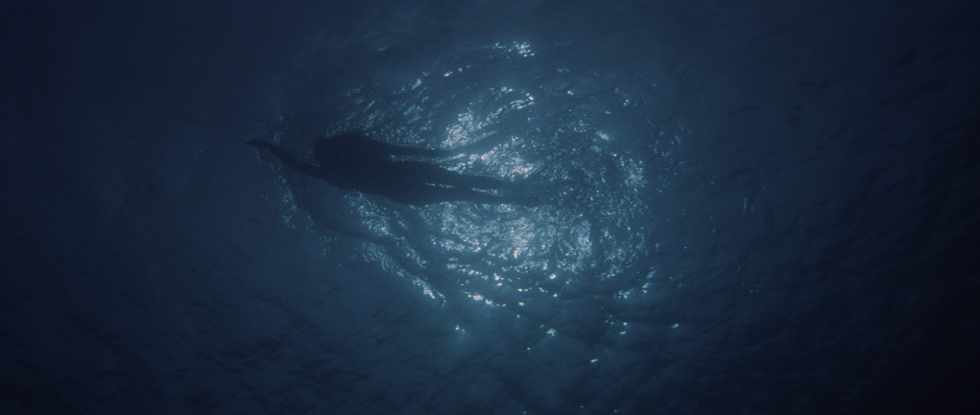There are lots of techniques filmmakers use to give viewers a first-person perspective of the cinematic world, but ScreenPrism highlights four that are particularly popular.
Not-Your-Average POV
These kinds of POVs are great if you're showing your audience a world that is unlike the one they live in. Films set in space, on distant planets, and fantasy worlds use these all the time, as well as action films, like The Amazing Spider-Man, Predator, The Terminator, and Hardcore Henry to give viewers the chance experience what it might be one of these non-human/superhuman individuals.
 'The Amazing Spider-Man' (2012)
'The Amazing Spider-Man' (2012)
Distorted POV
If you've ever seen a film about extreme drug use, like Requiem for a Dream, Trainspotting, or Fear and Loathing in Las Vegas, then you've no doubt seen an example of distorted POV. This kind of perspective allows audiences to experience what these characters are feeling and seeing while under the influence rather than being subjugated to being mere spectators.
Hidden Monster POV
This is probably one of the most recognizable POV shot on the list. The hidden monster POV has been used countless times by countless filmmakers, but even though it's a common trope of the horror genre, it has some very unique psychological and emotional affects. Seeing the usually bloody scenes unfold from the perspective of the monster not only ramps up tension, but it also forces viewers to participate, in a way, in the stalking and slaying of innocent victims. And as ScreenPrism says, identifying as the monster "confuses our loyalties," creating an unusual and often uncomfortable experience for the audience. (Look up the controversy behind Michael Powell's 1960 film Peeping Tom.)
 'Jaws' (1975)
'Jaws' (1975)
Inanimate POV
The effects an inanimate POV has on a viewer depends on where the POV is coming from. Is it coming from the perspective of an object? Is it coming from an immobilized person? When it comes to people, whether they're tied up in the trunk of a car in a Tarantino movie, catatonic, or paralyzed, these shots tend to convey powerlessness to the audience. There's nothing the character can do to change what's happening to them, and as an extension, neither can the audience. Something similar occurs when the POV comes from inanimate objects. Shots like the ones you see in Breaking Bad and Better Call Saul turn the viewer into "mute witnesses" of crimes, misdeeds, and mishaps occurring on-screen. As ScreenPrism explains:
This feeling of petrified powerlessness is echoed in the numerous inanimate POV shots, which make the viewer feel like a mute witness, a fly on the wall, watching something akin to a Greek tragedy play out.
Changing perspective can be a great way to add drama and richness to your narrative, but there is a fine line between "creative" and "gimmicky." Films are best when they unfold naturally—when shots 1.) don't feel forced, or 2.) call needless attention to themselves.
Check out some of the films that appear in the video to see for yourself how these POV shots work to create different moods, tones, and emotional responses.
Source: ScreenPrism


 'The Amazing Spider-Man' (2012)
'The Amazing Spider-Man' (2012) 'Jaws' (1975)
'Jaws' (1975)









